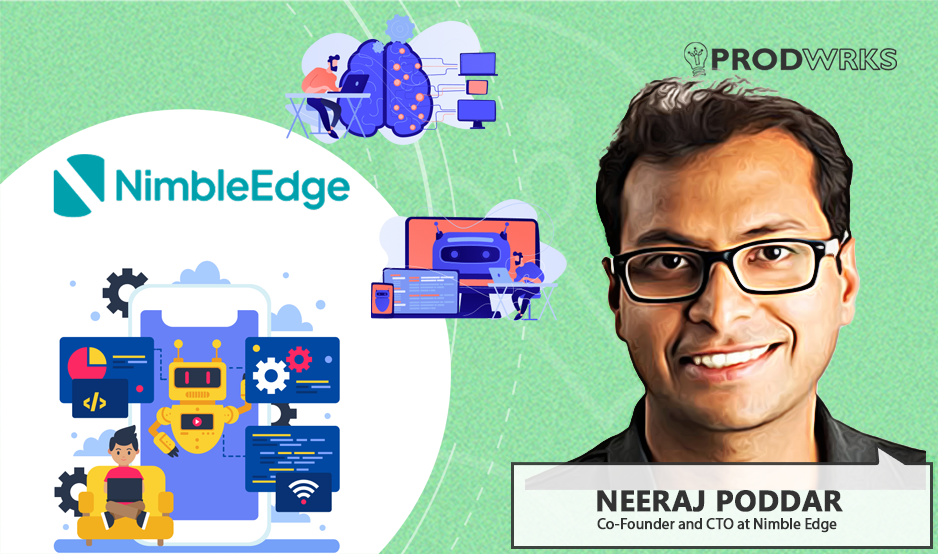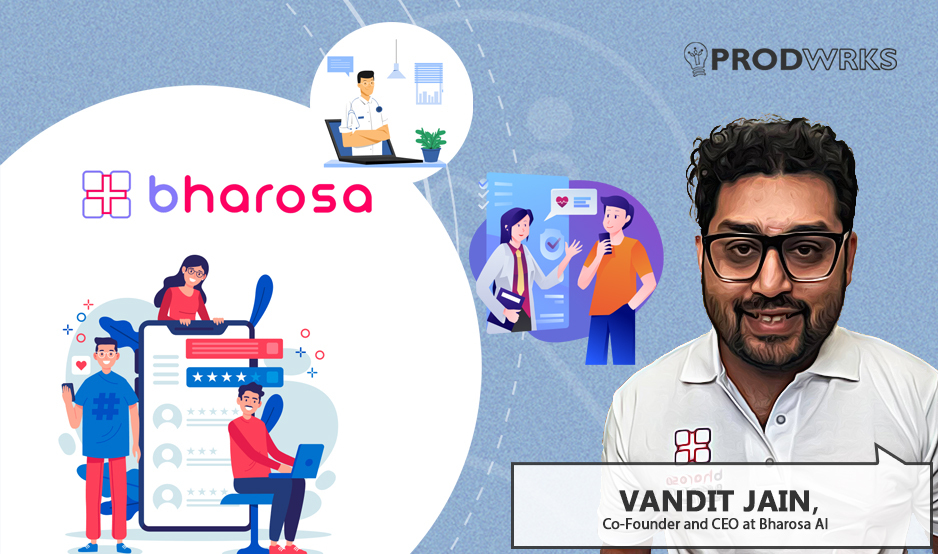
In 2014, a few drone-obsessed engineers used to fly their prototypes over Bengaluru’s Lal Bagh, not for fun, but for recognition and leads. With branded T-shirts, printed brochures, and a bold bet that early-morning joggers included decision-makers, they pitched drones to anyone who would listen. It wasn’t slick, but it worked, and it set the tone for how Skylark Drones would build its business – persistent and obsessed with solving real-world problems.
A decade later, Skylark Drones is no longer hustling in public parks. The Bengaluru-based company, co-founded by Mughilan Thiru Ramasamy and Mrinal Pai, is now a trusted intelligence partner to giants like Tata Steel, UltraTech Cement, and Bosch. Their platform helps enterprises in high-stakes sectors like mining, solar, and infrastructure to transform drone data into actionable insight using a layer of domain-specific software and AI.
While Skylark Drones has raised nearly $4.5 million from marquee investors like LetsVenture, Vruddhi Ventures, and the Thakral Group, their path was anything but linear, and far from the glossy media narrative often associated with drone startups. Their journey demanded a hard pivot from hardware manufacturing to service-led learning, before evolving into a full-fledged drone intelligence platform trusted by some of India’s largest enterprises.
In this story, Mughilan sits down with ProdWrks to share his journey and how Skylark cracked the enterprise code in India’s emerging drone economy.
Building a Drone Company in 2014
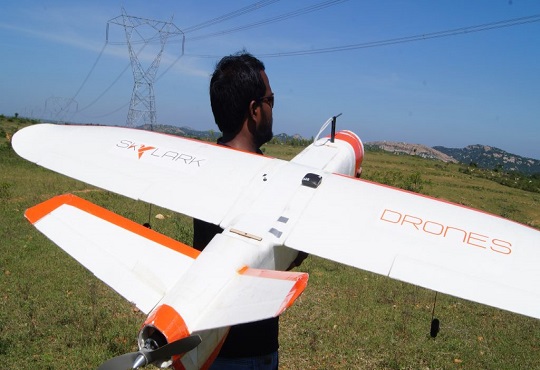
"We were a small team that used to build drones and participate in a lot of international competitions. We won awards from Lockheed Martin, NASA, and so on," Mughilan recounts.
"Honestly, we didn't have any experience whatsoever in building a company or even in the realm of contacts or connections in relevant industries. We started from scratch. We felt there was nothing to lose," he states.
In 2014, Skylark Drones took flight from a garage in Kodihalli, Bangalore, with virtually no capital and the same core team from their college competition days. Their ambition was to simply build a company to unlock economic potential through drone tech.
The drone space was nascent back then, and the team funded their research by conducting workshops in schools and colleges, plowing their earnings back into their projects. This early hustle and resourcefulness would become a hallmark of Skylark.
Full Stack Ambitions and the Hardware Headwind
"Over the years, we kind of figured that hardware is getting commoditized," he admits, pointing to China's dominant manufacturing ecosystem. "We figured that we can never be the best in hardware, given the ecosystem. Building high-grade quality hardware out of India was almost impossible back in the day. Most of the components were globally sourced and not built here. So the Chinese manufacturers had a bigger advantage.”
This led to a crucial strategic pivot. "Then we pivoted to software because there was a play where we could actually attempt to be the best. We wanted to build the best enterprise software company out of India for drone tech. It was a natural choice."
Learning Through Service, Building Through Partnership
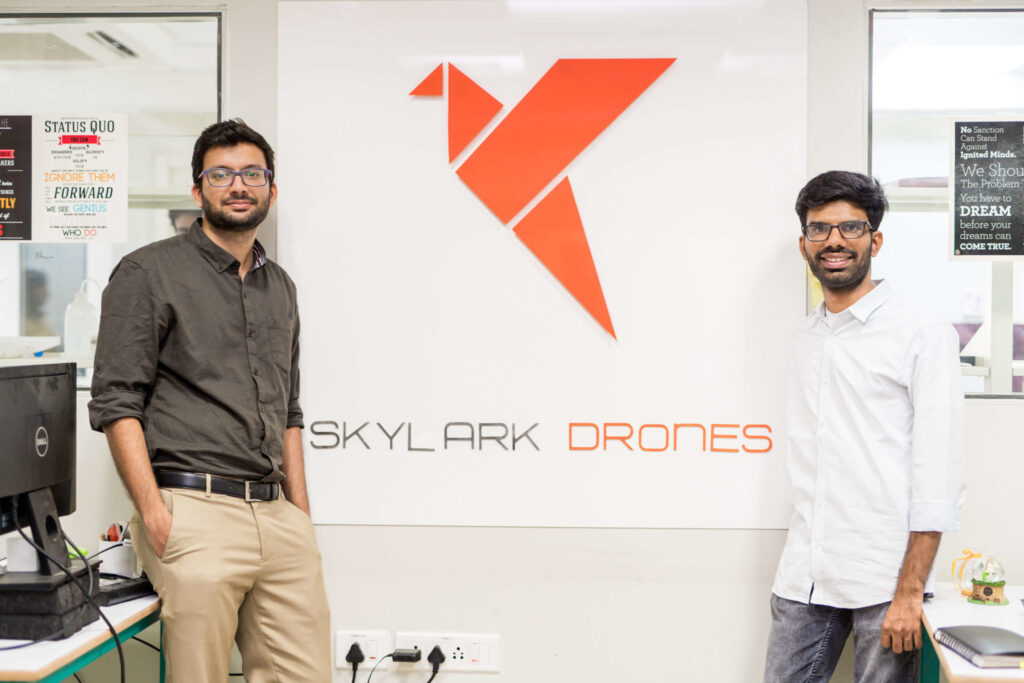
"The only way we are going to learn a sector profitably is by doing services in the sectors," Mughilan emphasizes. "We had to be in the sector, learn about the sector so that we can build technology for the sector."
"You go to a sales meeting, and we try to catch problems. And customers in India are very happy to share their problems," he notes. “The real challenge, then, becomes discerning which problems they're willing to pay for."
Once UltraTech validated the usefulness of the report, Skylark posed the crucial question: “What do you pay if I productize this entire thing for you – a dashboard where you can compare?” With an agreement on value and payment, Skylark then built out the platform for UltraTech.
The knowledge of solving a problem for one client puts them in a position to build products in similar domains, solving similar problems at scale. This “service-to-product” pipeline is a continuous loop, says Mughilan.
"We will forever do services because that way we keep learning about the requirements, and that helps us build products better and helps us add a differentiator."
Decoding Enterprise Needs Sector-by-Sector
Skylark’s services-first approach has enabled them to build a suite of specialized solutions for drone data intelligence.
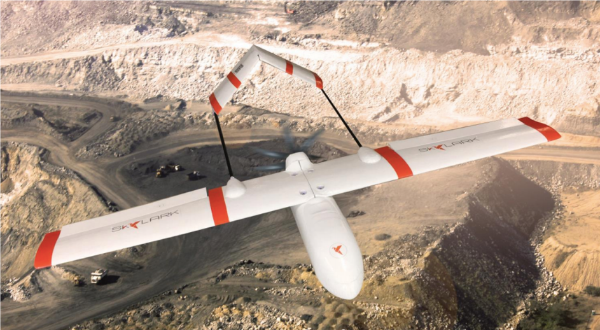
For example in Mining (e.g., UltraTech Cement, Adani), Skylark provides volumetric analysis (accurately calculating excavated material), Haul Road Optimization (analyzing road grade and width to estimate fuel consumption for trucks), Mine Planning & Compliance (comparing actual excavation to plans, detecting illegal mining), Blast Monitoring (Pre-blast and post-blast analysis), and more.
Parallelly in Solar Energy sector (e.g., CleanMax Solar), Skylark provides Construction Monitoring (tracking progress like pole erection, module installation), Hydrological Analysis & Flood Risk Assessment (Identifying potential flooding issues for plant sites), Thermographic Inspections (Post-construction, identifying hotspots and defects in solar panels for operations and maintenance), and more.
Beyond these, their solutions also cater to linear infrastructure projects like roads, railways, and power transmission lines, offering capabilities for progress monitoring, alignment sheet generation, and asset inspection
The Product Development Playbook for High-Stakes Enterprises
He advocates for a collaborative approach. "We usually do a design thinking workshop, get everybody (all product stakeholders) in the room right, and talk across the board.”
Mughilan explains with an example: “The CEO would want a high-level dashboard, the site manager needs operational details, and the surveyor or drone operator has specific input requirements. You have to mirror the customer enterprise. Identify all the people who want to see different screens, figure out which data or which intelligence each one of them wants to have."
Once a workflow and information hierarchy are established with one major enterprise in a sector, it’s often replicable. “Almost all enterprises have the same structure. The underlying aspects of one product can be replicated and showcased to others in a similar sector.”
For instance, Skylark’s software, including their drone mission planning and flight operations platform called Drone Mission Ops (DMO), is designed to be drone-agnostic. It’s compatible with any drone, per se. This flexibility allows them to cater to different client needs:
- Clients with their own drone teams and hardware simply use Skylark’s software.
- Clients preferring a turnkey solution have Skylark or their partners manage drone operations.
- Emerging “drone-in-a-box” solutions offer remote operations without on-site pilots. “That’s not where the value really lies for us,” he says, underscoring their focus on the intelligence derived from the data, not just its collection.
Feedback, Iteration, and the Indian Advantage
"The simplest thing you can do is just take a flight and go there and meet them. They will tell you. Indian clients are particularly forthcoming. So it's easier to get feedback. Build in India, and sell globally."
Cracking the Enterprise Code: The "Hulk vs. Cute Girl" Strategy
Gaining entry into large enterprises as a startup is a formidable challenge. Mughilan shares a memorable piece of advice from Ashish Goel, CEO of Urban Ladder: “There are two ways of winning business. Either you can be a Hulk, go bang on his table and say, ‘Boss, give me a drink,’ and he’ll give it to you. Or you can be a very cute girl sitting there, and somebody will come and buy you a drink.”
For startups without the Hulk’s inherent power (established networks, massive capital), the “cute girl” strategy is key.
Mughilan says, “In the business world, this means that you win a lot of awards, you'll be in a space where people write about you, and you're very knowledgeable. They respect you for the awards and the knowledge that you have. People from large enterprises will eventually end up calling you."
"We wore Skylark Drones T-shirts and flew our drones in Lal Bagh (a popular park in Bengaluru, frequented by tourists as well as HNIs heading various companies). We knew that at 6 am and 5 pm, all the rich and wealthy people would come for a walk. We used to give them all our visiting cards and brochures. We told them, ‘This is what we think drones can be used for. What do you think?’”
This grassroots, almost audacious, approach generated Skylark’s initial leads. Most importantly, it underscores a core belief: “Actual hard work, works. You have to start somewhere; you can’t just sit in an office and wait. The hardest work is to keep earning trust, and you only earn trust by actually doing work. There are no shortcuts.”
Navigating DeepTech Challenges: Fundraising and Hiring
"Making them understand is a challenge. It takes time to build a deeptech solution, and it takes time to pilot it.”
"We’re always hiring for product. The easiest thing people (founders) do when they don't have a coding background is to say, ‘I'll get a CTO who will take out a product.' But that's the worst thing. We hired consultants and made expensive developer hires before realizing this fundamental truth.”
“The key lesson for founders, especially non-technical ones venturing into tech, is that you can never delegate product. You should know everything. You can delegate after you know. You can't delegate before you know."
Monetization and Market Dynamics
"We figure out how much value the customer will benefit from us, and then we take a percentage of that. Understanding this potential ROI for the client is a crucial part of our pre-sales and product scoping.”
“It is very hard to predict the market. Around 10 years back, people were like, 'Okay, this is not going to happen.' Now people are understanding the potential of using drones in various scenarios.”
The Future of Drone Tech: AI and Conversational Worksites
Looking ahead, Mughilan sees Artificial Intelligence as a massive game-changer. “AI is going to be big. There’s going to be a lot of intelligence layers coming in on geospatial data.”
He hints at a particularly exciting development: “With things like generative AI and ChatGPT, you can chat with work sites. And that’s a big game changer.” While details are under wraps pending release, Skylark is actively working with clients on such pioneering solutions.
Mughilan’s journey with Skylark Drones is a masterclass in entrepreneurial resilience, strategic agility, and the power of deep customer understanding. From flying drones in public parks to deploying sophisticated AI-driven analytics for industrial giants, Mughilan and Skylark Drones have demonstrated that with a clear vision and a commitment to solving genuine customer problems, even the most ambitious sky-high goals can be brought within reach.
Their story is a testament to the innovative spirit thriving in India’s tech ecosystem, offering inspiration and practical wisdom for those daring to build the next generation of impactful products.


